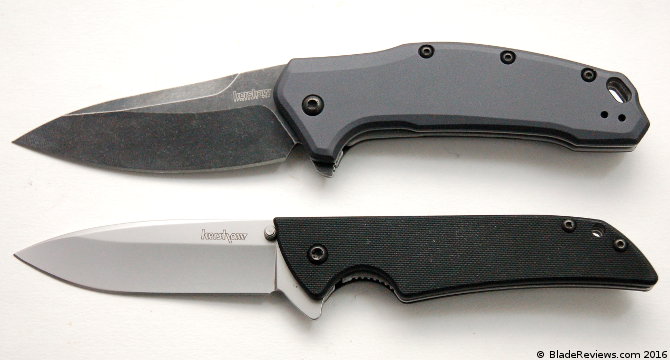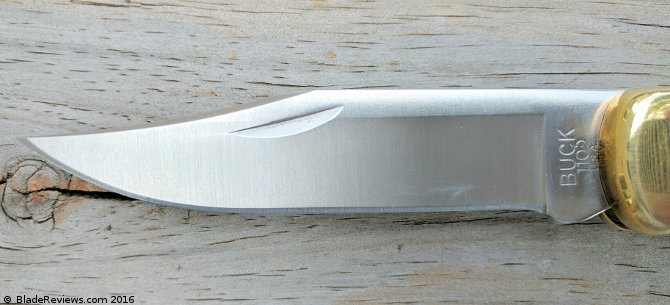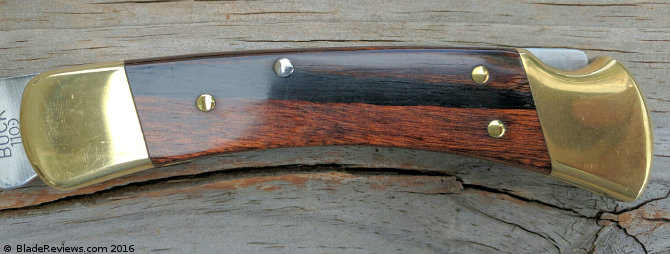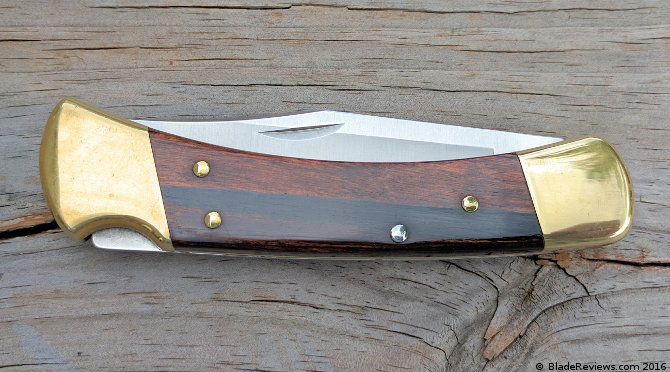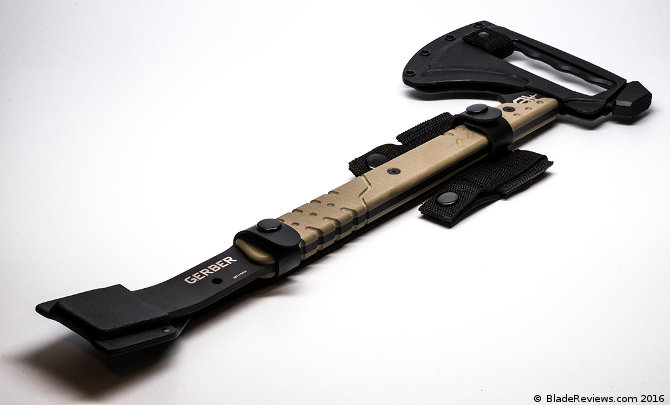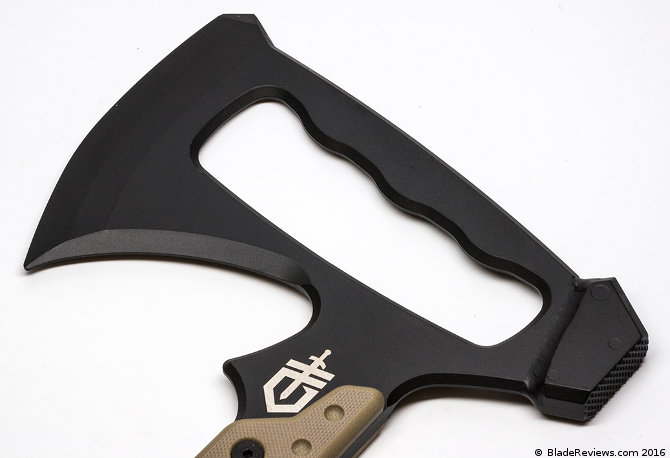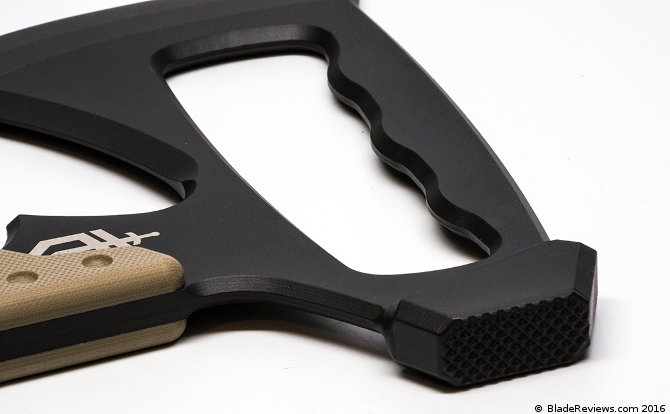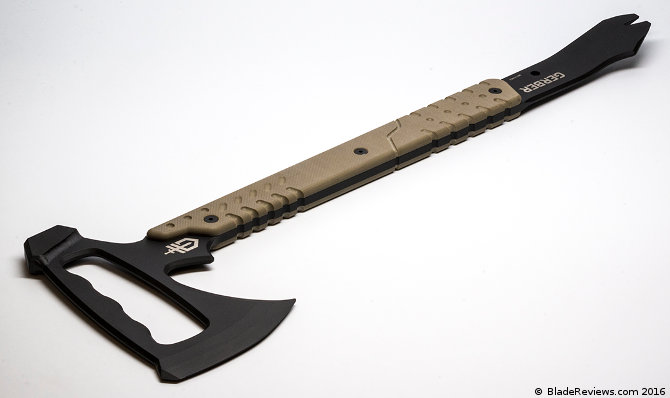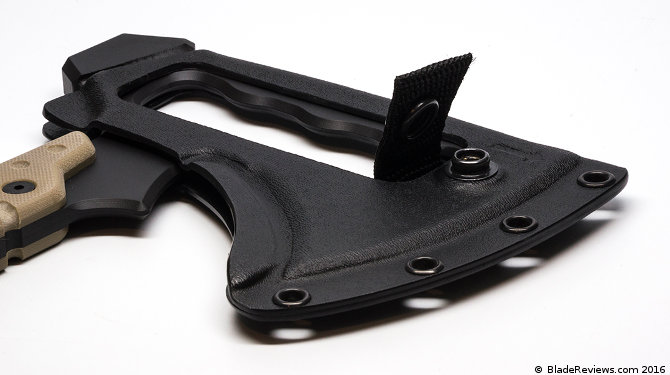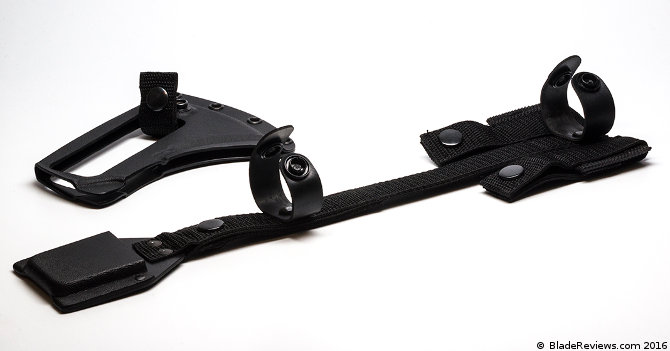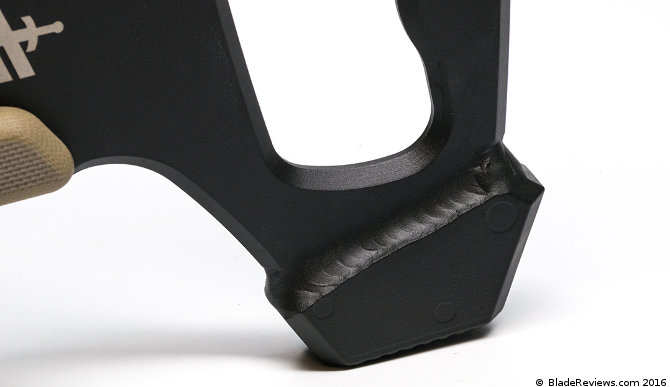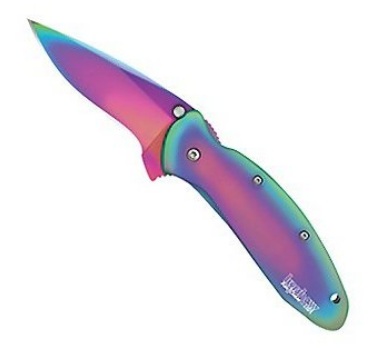It has been a while since I have visited Kershaw’s value offerings. The Injection 3.0, the Emerson Collabs, and the Strobe are nice knives for the money, but I think each model left the reviewer asking for a little more.

Buy the Kershaw Link at BladeHQ
Admittedly, these knives are all in the $20-30 range. It’s hard to get too excited at that price point as there will almost always be significant compromises. Most of the time those compromises center around the materials selected, or the company trying to do “too much” with a budget knife. At best the end result is a good, but not great, product. Rarely do you get something truly excellent although there are notable exceptions like the ESEE Zancudo or the Victorinox Cadet.
The Link was a 2015 release and is a Kershaw in house design. As I noted in my review of the ZT 0888MAX, an in house design from KAI is not a bad thing. It may not grab eyeballs like the latest Hinderer collab, but Kershaw has talented in-house designers who have hit home runs in the past including the Skyline, 888, and Knockout.
The Link is a USA made knife, and Kershaw describes this as the missing “link” between USA manufactured quality and reasonable price (get it?). They assigned the Link model number “1776” to drive the point home even further. While the in house design team may have things down, I think the marketing team may benefit from a fresh pot of coffee.
General Dimensions and Blade Details
The Link has an overall length of 7.6″, a 3.25″ blade, weighs 4.8 ounces, and is made in the USA. Although the knife weighs nearly 5 ounces, it feels lighter in hand. This isn’t a bad choice for an EDC or utility knife. It is on the larger side and may be too big for some to seriously consider as a daily carry. The Link has an almost dystopian look to it with it’s blackwashed blade and matte grey handles. It’s a nice looking medium sized folding knife.
This knife comes with either a FRN (fiberglass reinforced nylon) handle or the aluminum handle shown here. The aluminum version currently retails for around $40 while the FRN version is more at the $30 price point. Personally, the extra $10 for aluminum was a no brainer. I don’t care for the pattern on the FRN version and think it looks cheap. The dark gray aluminum handles play nicely with the black hardware and “blackwash” finished blade.

The blade of the Link is long and non-traditional, with an upswept tip and decorative swedge. It also features a perfectly executed sharpening choil. I like how the blade is ground from thin stock, and that Kershaw went with a high flat grind. The end result is an excellent slicer. I used the Link to assist with some tree trimming that needed to get done after a tropical storm. The knife was fine for pruning as well as slicing rope and twine. I have also used the knife extensively on cardboard and has always done a good job.
As an aside, Kershaw also offers the Link with a tanto blade. I think it spoils the lines of the knife, and I am not a fan of tantos for a utility knife. But it’s an option if you want it.
I think the excellent blade geometry is especially important in light of the fact that the blade steel is 420HC. I have never been a huge fan of 420HC. I don’t care if the smiths of Valeria heat treat this stuff, I have always associated 420HC with bargain bin knives. That said, the 420HC on this knife isn’t that bad. I was expecting it to crumble under cardboard, but it has held its own. Again I think the excellent blade geometry has a lot to do with this.

One benefit to a mild steel like 420HC that it is easy to sharpen. A couple passes on my fine Spyderco Sharpmaker rod and we are back in business. I’d say the 420HC on this knife is almost as good as Aus8 or 8Cr13MoV. However, I would definitely prefer some 14C28N like on the Skyline.
As Grayson points out in the comments section, it is worth noting that Kershaw has also released the Link in S35VN as an exclusive for HouseofBlades with red or blue anodized aluminum handles. It clocks in at $80, and may be worth the premium in price of you like the design. Here’s to hoping Kershaw will continue to offer the Link in different steels. I think that if the S35VN version wasn’t a dealer exclusive then it would probably retail for closer to $60. That would be a great deal.
BladeHQ also offers a damascus version of the Link. It’s not clear what kind of steel the damascus is made out of, but if you like damascus then this could be an option.
Handle, Ergonomics, and Pocket Clip
As I have previously mentioned, this is an anodized aluminum handle over stainless steel liners. There is a black ribbed backspacer that runs 3/4 the length of the handle. The fit and finish on this knife is excellent. It is far superior to the Chinese Kershaws I have previously reviewed. While not 3-D contoured, the handle has been chamferred twice for comfort and visual interest. The parts line up perfectly, the screws are all set the same depth in the handle, and there are no machining marks. Even the lanyard hole has been thoughtfully executed: it is oversized and inset into the pommel rather than simply drilled through the handle. Nicely done, Kershaw.
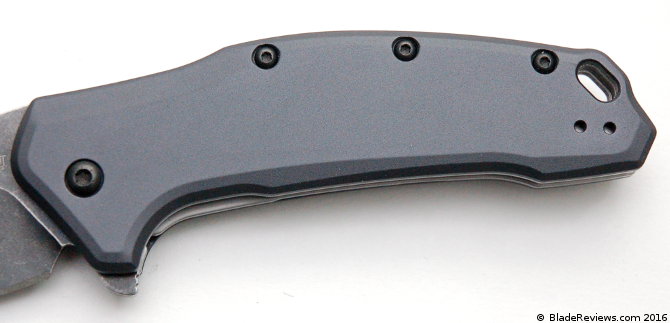
The Link is a comfortable knife to work with. It’s thick without being chunky, and there is a great natural thumb rest on the back of the handle. If you need to you can choke up further on the spine of the blade, but there is no jimping. The anodized aluminum isn’t what I would call “high traction”, but it’s not slippery either. There is plenty of room for a full grip, the flipper forms a nice forward guard, and there are no sharp corners to speak of. Kershaw managed to do a lot here with a modest budget. I think most people will be pleased with how the Link feels in hand.

The clip is a black parkerized steel clip. The handle is drilled for ambidextrous tip up carry. This isn’t a deep carry clip, but the Link is still discrete thanks to its dark handle and nondescript pocket clip. This is a heavier knife with a relatively smooth handle, so I was concerned about the knife moving around in my pocket. Thankfully, this clip provided plenty of retention and the Link remained in place. It’s hard to get too excited about a clip like this, but that is not a bad thing. Thankfully, Kershaw didn’t do anything weird here.
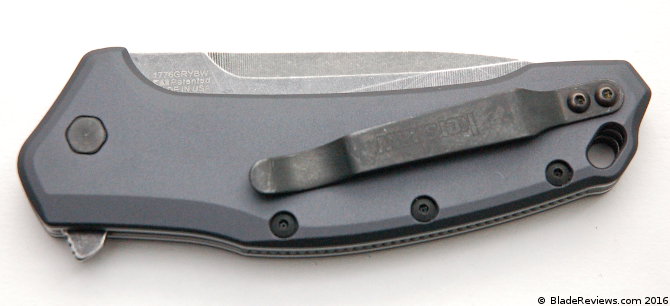
Deployment and Lockup
The Link makes use of Ken Onion’s SpeedSafe technology. I have the better part of a dozen SpeedSafe knives over the years and you can check all the SpeedSafe reviews out here. Suffice it to say, this is a long standing and proven assisted opening mechanism. My knife fires hard and fast thanks in part to a well placed and nicely jimped flipper tab and phosphor bronze washers. All things equal I almost always prefer a non-assisted manual action flipper, but given the price point I don’t mind this assisted opener. It works great.
Also, it is interesting to note that there is no rattle of the spring when the blade is open. Typically these SpeedSafe knives rattle a little, although you can always fix that by opening up the knife and applying a little lithium grease to the spring. My Link is dead quiet, so maybe Kershaw has found a way to address this issue at the factory.
The Link comes with a stainless steel liner lock. Lockup is solid and without play. I have always been a fan of liner locks, and the lock on this knife works well. The lock bar is easy enough to get at when you want to close the blade. Here is a shot of the Link next to my Skyline:
Blade centering is near perfect on my knife.
Kershaw Link Review – Final Thoughts
This is one of Kershaw’s better budget offerings in recent memory. It seems like historically their best stuff has been the USA made Kershaws, and the Link continues the path forged by knives like the Skyline, Blur, and Knockout. I’d say the Link is on par in terms of quality, but it remains to be seen if the knife will develop the following these other blades have. The Link is a little chunkier, but not bloated. It’s also kind of a funky design, but it works well in hand. For these reason I don’t think the Link will garner the same legacy these other knives have, but it’s still a very good knife.
Kershaw is also releasing limited editions of the Link, which demonstrate that it is popular with consumers, and adds an element of collectibility to the knife.
I think most people who are attracted to the Link on paper will like the knife. It’s a solid tool that you won’t mind dragging underneath a car, or up a ladder. The fit and finish is excellent. The materials are good, although I’d like to see an upgraded blade steel (addressed with the limited editions, but at double the price of the regular version). I understand that probably wasn’t possible given the price of the knife and the rest of the features.
On the subject of price, if you like the look of this knife but want something higher end, you may want consider the Zero Tolerance 0095BW. The 0095 shares the design language of the Link, but with a manual flipper, bearings, S35VN steel, and a titanium handle.
If you are interested in the Link then I think you will end up liking it. I recommend it to those seeking a solid work knife that is made in the USA and retailing for well under $50.
- Retractable steel blade has carbon and chromium for strength and corrosion resistance. BlackWash finish creates worn look that hides scratches and prints
- As Kershaw’s patriotic model number 1776, the Link is made to be the best collectible utility knife of its kind
- For accessibility and safety, Link has a reversible pocketclip, liner lock, SpeedSafe assisted opening and built-in flipper
- With closed length of 4.4 inches, Link is the go-to tool when scouting, hunting, fishing or working around the home or office
- Both sharp and sturdy, the Link is discrete with one-handed opening for personal defense or protection during lifesaving emergencies
I recommend purchasing the Kershaw Link at Amazon or BladeHQ. Please consider that purchasing anything through any of the links on this website helps support BladeReviews.com, and keeps the site going. As always, any and all support is greatly appreciated. Thank you very much.
